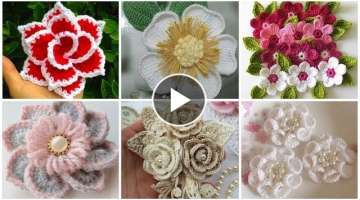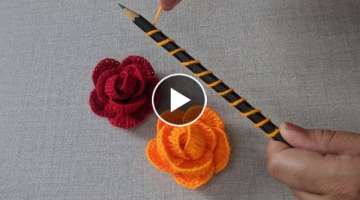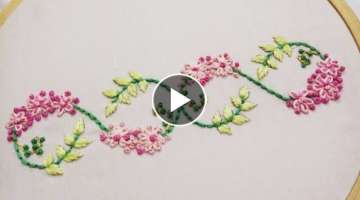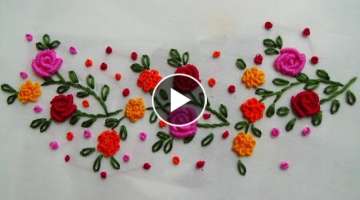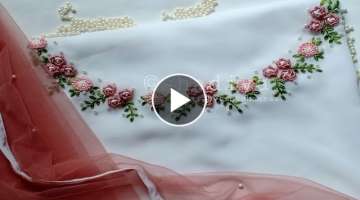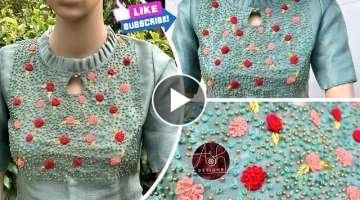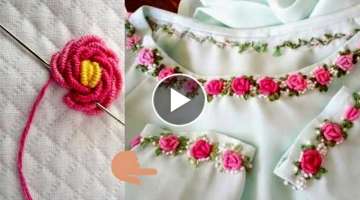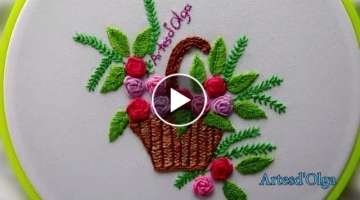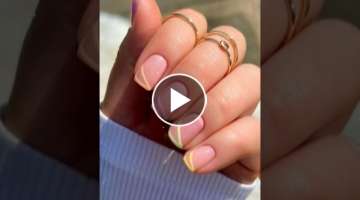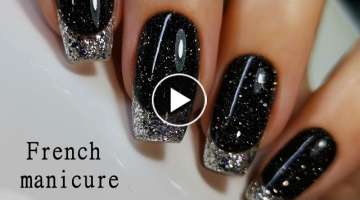Hand Embroidery Designs | Basic embroidery stitches # Part-9 | Stitch and Flower-105
Sponsored
Hand Embroidery Designs | Basic embroidery stitches # Part-9 | Stitch and Flower-105 https://youtu.be/m8E4qBM3W8U
Store: http://handembstitch.blogspot.com/p/embroidery-store.html
The contemporary embroiderer enjoys an array of threads that stitchers of yore would envy. Choosing the colors and fibers of threads is one of the most exciting tasks that you will undertake as a stitcher. The look of the piece, as well as the experience of stitching it, will depend on the choices you make.
One of the pleasures of stitching is the tactile experience, so consider what kind of fiber you like to handle. Crewel wool or silky rayon, cotton floss or metallic threads all provide a different experience.
Different threads offer varying degrees of difficulty. Depending on the type of thread and the particular stitches you choose, you may need to use a laying tool to obtain the results you desire.
Many specialty threads are too heavy to use for many embroidery stitches, but may be used as couched threads in embroidery.
The many fibers available include the following:
Wool and Wool Blends. Historically, wool is the essential thread for crewel work. These lightweight wool threads are suitable for this embroidery.
Linen. Lighter weights of linen are well suited for embroidery. Individual threads are slightly variable in width within one size; this is part of linene's distinctive character.
Cotton. Less expensive than wool or silk, cotton is washable, easy to work with, and is a popular choice for embroidery.
Silk Ribbon. Silk ribbons are very thin and flat, soft enough to drape but strong enough to withstand being pulled in and out of fabric.
Silk. Silk, once a rare and expensive commodity, is enjoying renewed popularity and is reasonably affordable although more expensive than cotton.
Real Metals. Threads made of real gold, silver and copper are rare and expensive, but beautiful in embroidery projects.
Specialty and Synthetic Fibers. Many exciting options are available to the contemporary stitcher as fiber manufacturers develop new fibers for this ever growing field.
Metallics. Metallic Pearl Cotton and Metallic Floss from DMC are metallic and viscose blends that resemble their cotton cousins in weight and have relatively "soft hands" for metallic threads.
Rayon. Marlitt, a four-stranded floss from Anchor, and six-stranded DMC rayon floss are smooth, silky threads with a radiant shine.
Article Source: [http://EzineArticles.com/?Embroidery-Threads-For-Beginner-Embroiderers&id=4366114] Embroidery Threads For Beginner Embroiderers
Feather Waltz by Kevin MacLeod is licensed under a Creative Commons Attribution license (https://creativecommons.org/licenses/by/4.0/)
Source: http://incompetech.com/music/royalty-free/index.html?isrc=USUAN1100658
Artist: http://incompetech.com/
FaceBook: https://www.facebook.com/Creativestitches
Twitter: https://twitter.com/flower_stitch
Google+: https://plus.google.com/u/0/b/117507621859835144033/+StichandFlower
Pinterest: https://www.pinterest.com/tuhin_designer/hand-work
Stitch and Flower link: https://www.youtube.com/channel/UCnubdGJNP9CoE1YU7ITAQIw
Hand Embroidery for Beginners
Hand embroidery stitches tutorial for beginners
Hand embroidery design for embroidery beginners
embroidery stitches by hand tutorial
Learn Hand Embroidery
Basics of Hand Embroidery
hand embroidery art | hand embroidery stitches tutorial
Hand Embroidery Pattern
Hand Embroidery Designs | Basic embroidery stitches # Part-9

Sponsored
Video
Share
Sponsored
Facebook Comments
Sponsored
Sponsored

